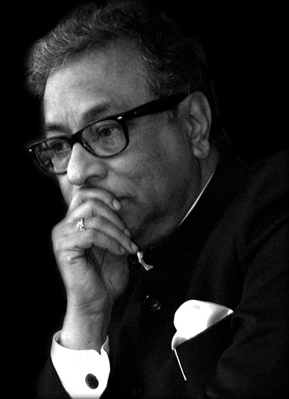Culture
Of all the quaint and colourful foreign communities that have contributed their distinctive hue to the kaleidoscopic variety of Calcutta's life during the preceding centuries, the Chinese stand out prominent, bright and with a rare degree of permanence. For, while the Jews and Armenians have almost entirely left the second city of the Empire, and the European nationalities have dwindled to miniscule numbers, the Chinese have swelled their ranks to carve out for themselves a special niche in the hearts and minds of Calcuttans.
‘Akaal Bodhan’, or the untimely invocation of Goddess Durga in the month of Ashwin (mid-September to mid- October), has been an intergal part of Bengal's social and religious culture, for centuries. When the first British merchants entered Bengal in the seventeenth century and came in contact with Hindu religious festivals, their initial reaction ranged from curious appreciation to outright horror. The strange deities, the colourful costumes and the cacophony of weird flutes, pipes, cymbals and drums of all types, conjured an impression that evoked either admiration or disgust.
December, 1921. The Calcutta race course. Backers and bookmakers were screaming themselves hoarse as the thundering phalanx of horses drew closer to the post. The steward discreetly observed the Prince of Wales mopping his regal brow, as frenzied punters broke into hysterics. “Galway Gate’ streaked past the winning post — nose, neck, hood, head and all length.
Fifteen miles downstream from Calcutta on the left bank of the Hooghly, at a village called Achipur, stands a sparkling red tomb, with an uncommon shape and a little known tale. Its brightness can not fail to attract all and sundry who choose to glide along this lazy stretch of the river a few miles before it flows out to the sea. Its horse-shoe architecture with the two ends inclining downwards is supposedly characteristic of Chinese cemeteries. The waves of the river lap dangerously close to the tomb, and had it not been for the embankment built recently by some thoughtful Chinese gentleman, the tomb of the first Chinaman to set foot on the shores of Bengal, (or for that matter, India) would have been lost to the muddy Hooghly. The first Chinaman, in modern times, that is.









